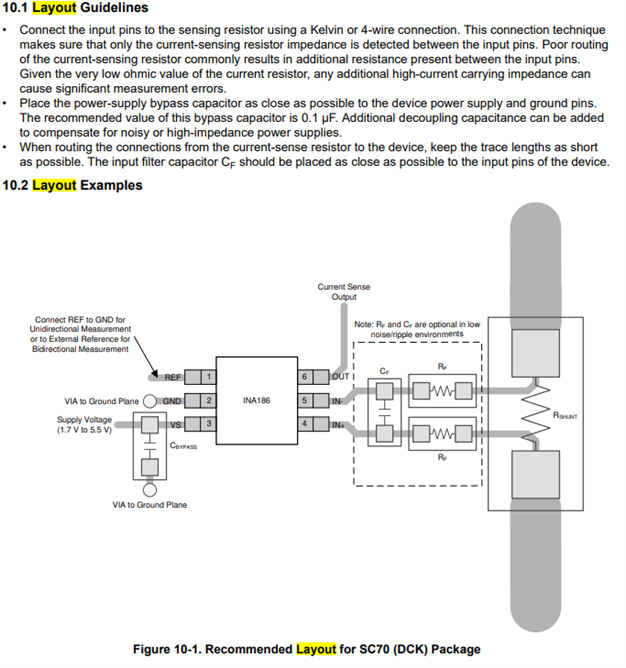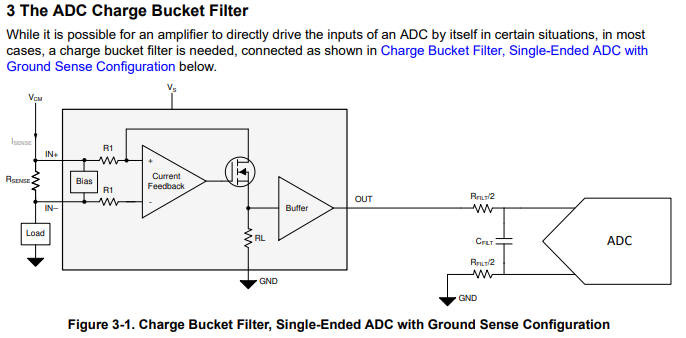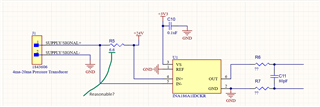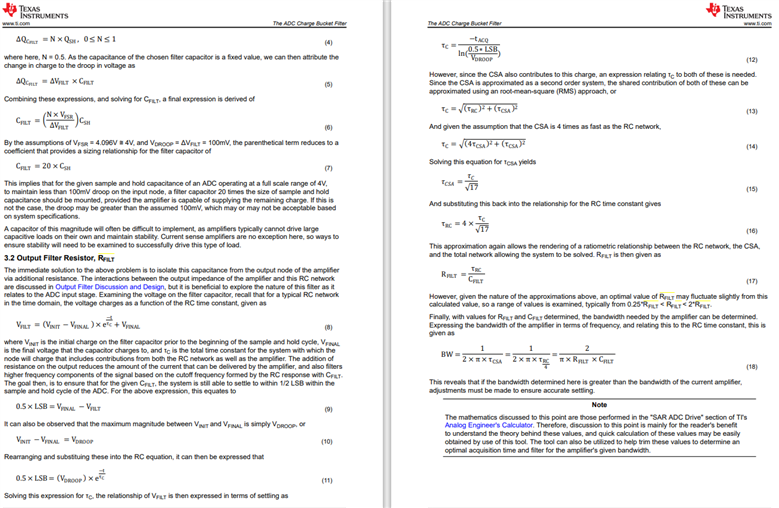Other Parts Discussed in Thread: RCV420
Tool/software:
I'm designing a 4ma-20ma current loop receiver for use by an STM32F765BG MCU. The MCU accepts 0-3V3 for measurement.
This is for an industrial PCB. I have chosen the INA186 over the RCV420 to avoid voltage drift due to temperature.
I want to ensure that my schematic is correct, and in addition, if I could have help in preventing EMI issues from nearby A/C (480v 3-phase or 120v single-phase 60hz). To clarify, this board is powered off of a +24VDC supply, but A/C may exist inside the same enclosure.
Should I be filtering the input/output, adding fuses, diodes, etc? Or is this handled by the INA186 IC?

Thanks!







